The Psychology of Color in Stationery Design: The Power of Perception
In today's digital age, the tangible feel of a piece of stationery holds undeniable charm. But have you ever stopped to consider the impact of color in stationery design? Dive deep with us as we unpack the powerful psychology behind color choices and how they shape our perceptions.
The Emotive Power of Colors
Colors are not merely decorative. They evoke emotions, feelings, and even memories. Whether we're consciously aware of it or not, the colors in a stationery design can sway our attitude towards the content it holds.
- Red: Often associated with passion, urgency, or excitement. This color can be used to grab attention.
- Blue: Evokes feelings of trust, calmness, and reliability. Many corporate stationeries use blue to convey professionalism.
- Green: Symbolizes growth, freshness, and harmony. It can often be found in eco-friendly or health-centric brands.
- Yellow: A symbol of optimism, clarity, and warmth. It’s a great color to add vibrancy to a design.
Color and First Impressions
In the realm of stationery design, first impressions are crucial. The color scheme you choose can either entice someone to read further or set your letter aside. For instance, a neon green might not be the best choice for a formal business letter, but it might be perfect for a promotional flyer for a summer event.
Creating Brand Identity Through Color
Color consistency is key in branding. Think about iconic brands and their associated colors – Coca-Cola with red or Tiffany & Co. with robin’s egg blue. Your stationery is an extension of your brand. By consistently using the same colors, you strengthen brand recognition.
The Cultural Significance of Colors
While diving into the psychology of color, it’s essential to remember that color perceptions can vary based on cultural differences. For example, while white might be associated with purity and peace in many Western cultures, it’s often linked with mourning in many Eastern cultures.
Achieving the Right Balance
The key to mastering the psychology of color in stationery design is balance. Too many colors can be overwhelming, while too few might make your design bland. Consider the message you want to convey and choose colors that resonate with that emotion.
Conclusion
The psychology of color in stationery design goes beyond aesthetics. It’s a powerful tool that can shape perceptions, evoke emotions, and strengthen brand identities. The next time you pick out or design a piece of stationery, remember the silent, persuasive dialogue colors initiate.
FAQs:
1. Why is color psychology important in stationery design?
Color psychology delves into how colors can influence our perceptions, moods, and choices. In stationery design, the right color can set the tone for the message, ensuring it's received in the intended manner.
2. How can I choose the best color for my brand's stationery?
Consider the emotion and message you want to convey. Research has shown that certain colors evoke specific feelings in most people. However, always keep in mind your target audience and cultural color perceptions.
3. Does the shade or tint of the color matter in design?
Absolutely! Even slight variations in shade or tint can change how a color is perceived. For instance, pastel colors might evoke feelings of softness and calm, while their more saturated counterparts can seem bold and vibrant.
4. Can I use multiple colors in my stationery design?
Yes, but it's essential to maintain balance. Using complementary colors or adhering to a specific color palette can help achieve cohesion in multi-colored designs.
5. Is it okay to change colors frequently in business stationery?
Consistency is key in branding. While it's okay to introduce seasonal or special edition colors occasionally, the primary colors associated with your brand should remain consistent to foster recognition and trust.
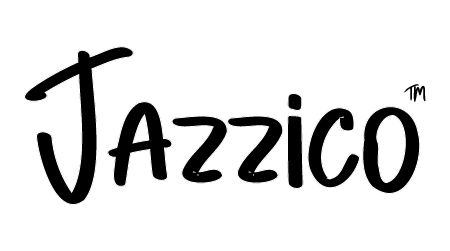
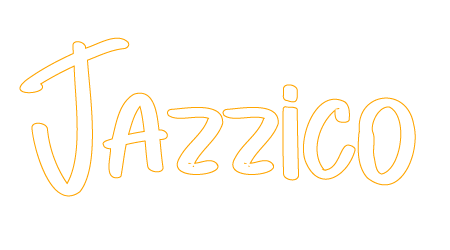
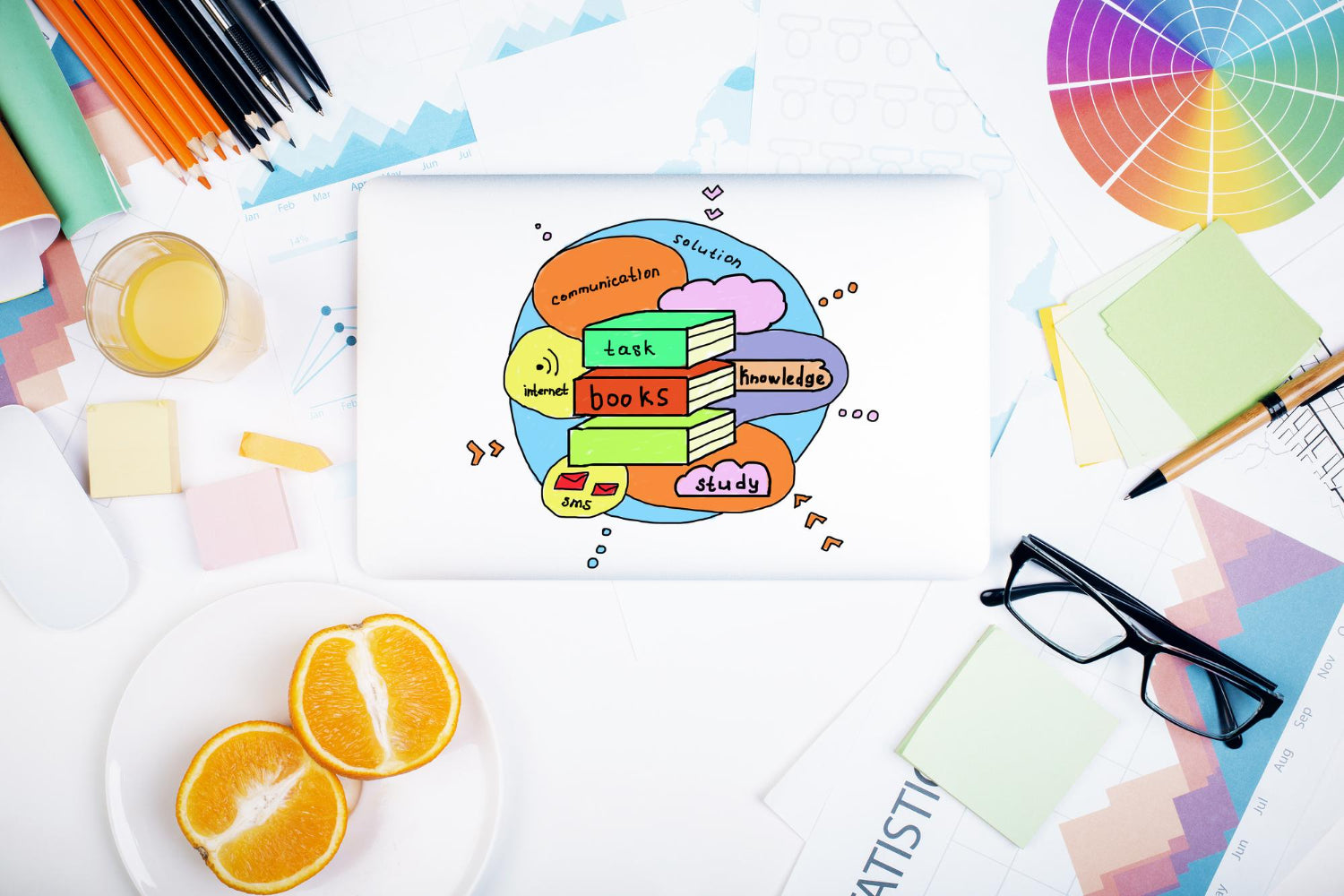
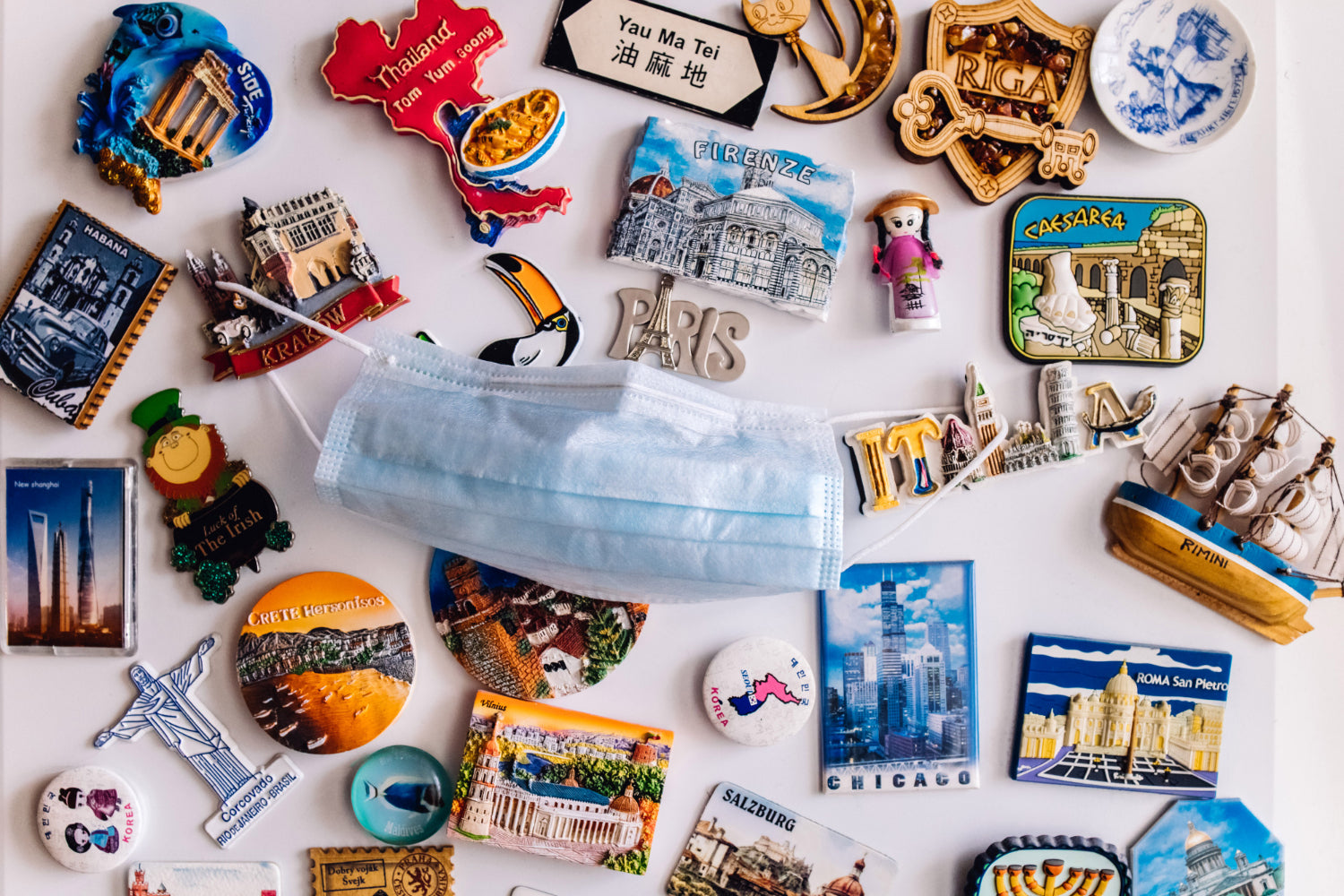
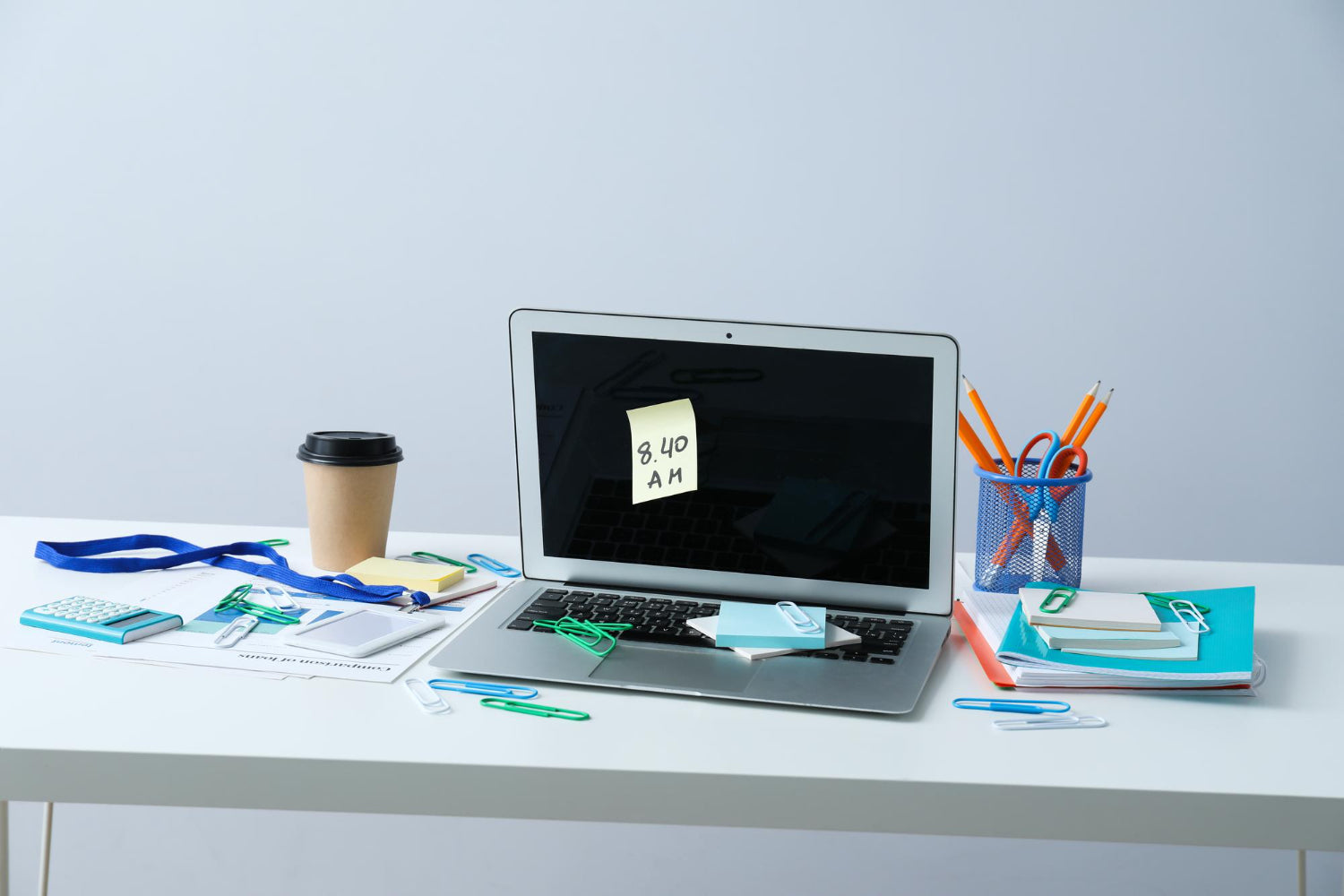
Leave a comment
All comments are moderated before being published.
This site is protected by hCaptcha and the hCaptcha Privacy Policy and Terms of Service apply.